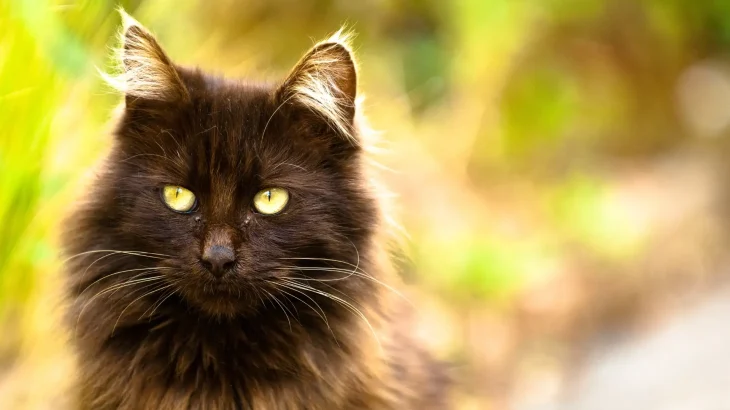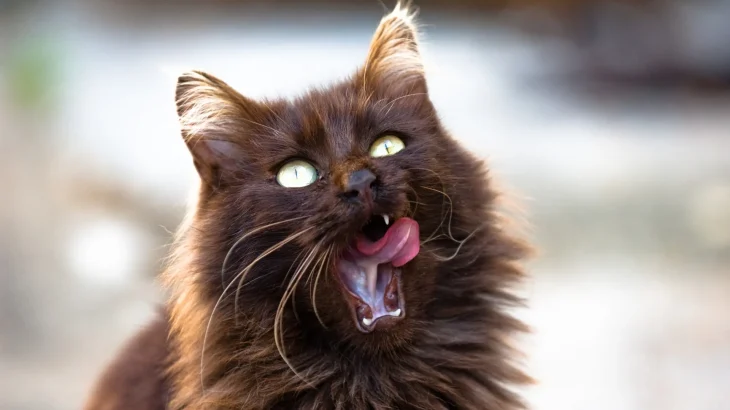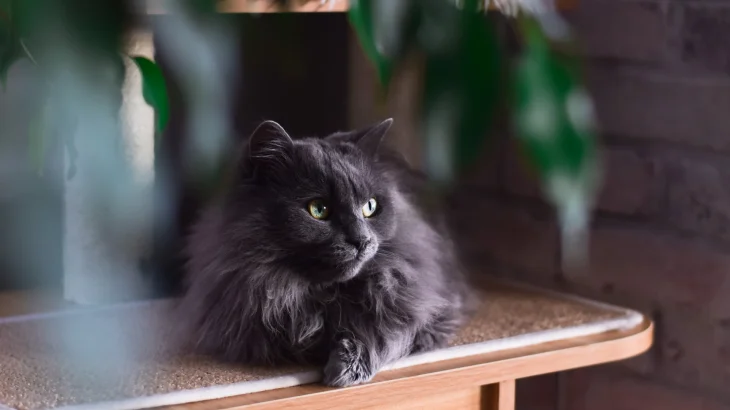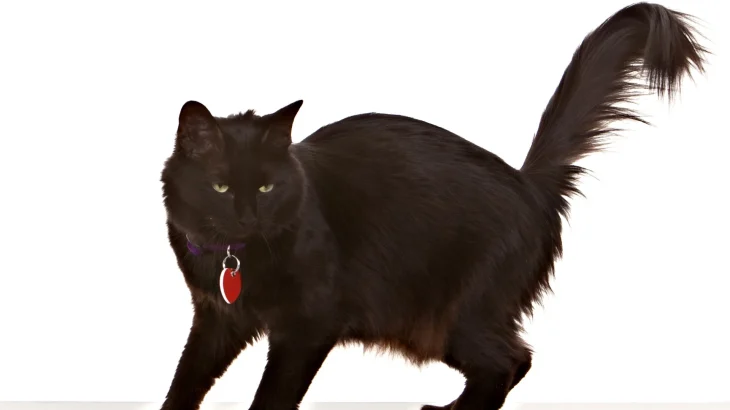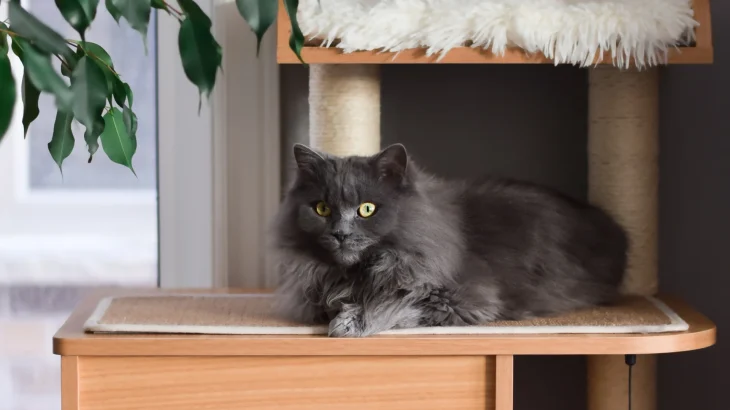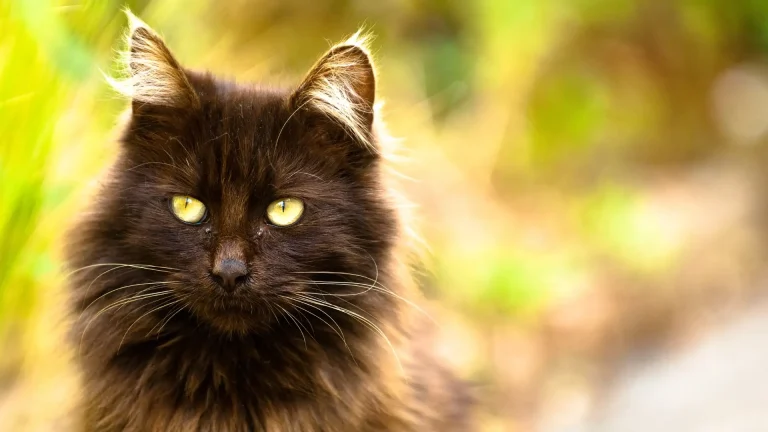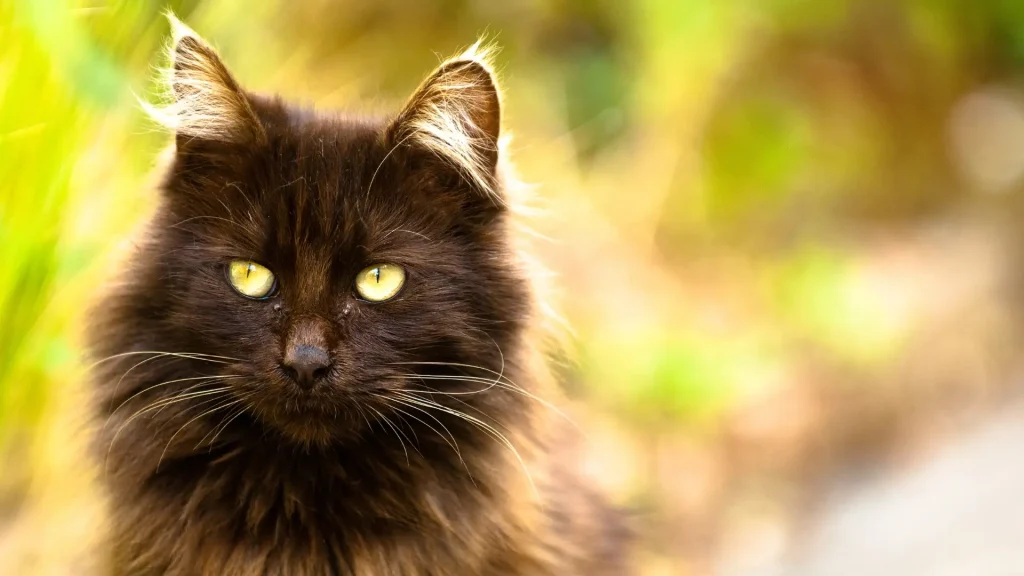Deciding whether to adopt or purchase a Chantilly kitten often depends on factors like health transparency, cost, and support after bringing your new feline friend home. Purchasing from a breeder can provide detailed breed information and lineage clarity, while adoption offers a chance to rescue a cat and potentially save a life. Both routes have perks and considerations that can impact your experience.
| Criteria | Buying from Breeder | Adopting from Shelter/Rescue |
|---|---|---|
| Cost | Typically higher upfront cost due to breed purity and pedigree assurance. | Generally lower fees; adoption costs often include vaccinations and spaying/neutering. |
| Health History | Usually detailed health records and genetic screening available. | Health info might be limited or unknown, but basic checks are standard. |
| Age Availability | Usually available as kittens, allowing you to raise them young. | Range of ages available, including adults and seniors. |
| Temperament Insight | Breeders can share lineage traits and early behavior info. | Shelter staff provide observed behaviors, but background may be unclear. |
| Supporting Practices | Supports breed preservation and responsible breeding when ethical. | Promotes animal welfare by giving a home to cats in need. |
| Breed Purity & Pedigree | Confirmed pedigree and purity with documentation. | Often unknown or mixed breed; less focus on specific traits. |

